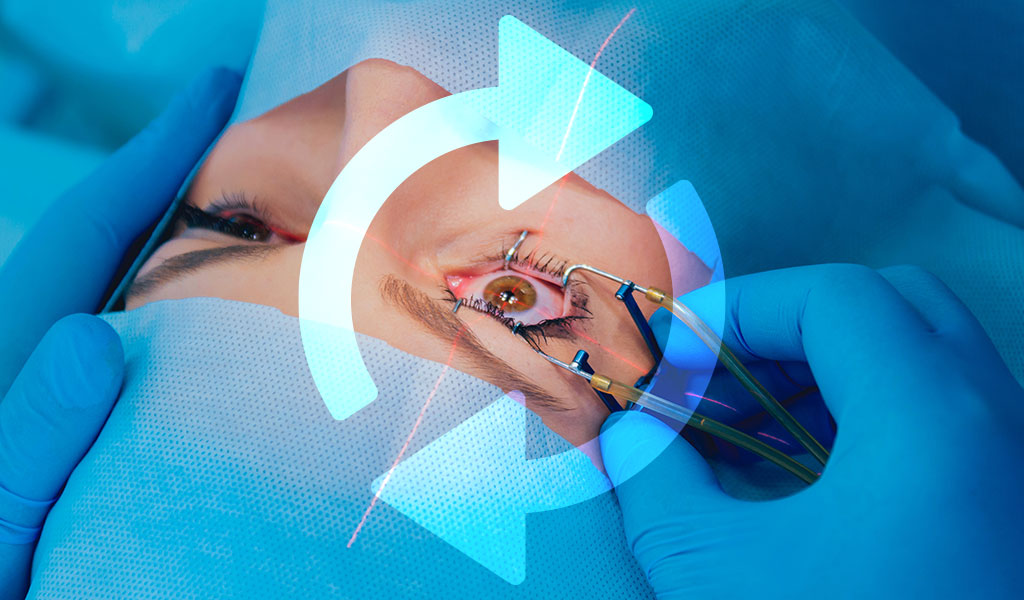
LASIK surgery has transformed the lives of millions, offering freedom from glasses and contact lenses with its remarkable precision and effectiveness. However, a common question

LASIK surgery has revolutionized vision correction, offering a quick, efficient, and painless solution for those seeking freedom from glasses or contacts. But before undergoing LASIK

LASIK has emerged as a popular choice for vision correction, offering freedom from glasses and contact lenses. However, the decision to undergo LASIK isn’t solely

LASIK corrects astigmatism by reshaping the cornea to achieve a more uniform curvature, allowing light to focus correctly on the retina. There are several direct

It is important to note that not everyone is eligible for LASIK surgery. In this article, we will discuss who can and cannot undergo LASIK

One of the biggest concerns for many people considering LASIK is the cost of the procedure. In this blog post, we will take a closer
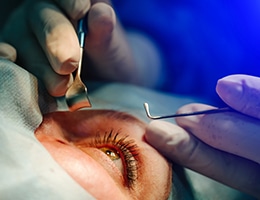
Multifocal lens implants have dramatically improved patients’ lifestyles. Many feel that this technology has allowed them to regain their youthful vision.

LASIK is just one tool in the much larger toolbox of available vision correction options available to the public. Vision correction procedures could be generally
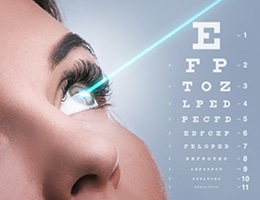
Astigmatism, nearsightedness, and other vision issues can all be successfully treated with LASIK surgery. After the treatment, it’s crucial to take action to preserve your

There are a bundle of different acronyms and terms used to differentiate different types of Laser Vision Correction. Here, we explain a few of them

As with any medical procedure, LASIK is not without its risks and complications. While the vast majority of LASIK patients experience no complications and are

For the treatment of nearsightedness, farsightedness, and astigmatism, LASIK is a common operation. Yet, there is a chance that dry eye might develop following LASIK

While the surgery itself is relatively quick and painless, the recovery period after LASIK is an important part of the process. During this time, patients

In order to assist you in making an informed choice, we will go over the top queries to put to your LASIK surgeon during your

Cataracts may develop at any age, although they are more frequent in adults over 60. This article will go through the reasons and risk factors
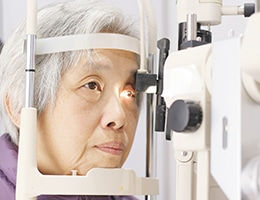
Patients are typically able to go home the same day if the operation is conducted as an outpatient procedure. Although cataract surgery is typically safe

The most often marketed alternative treatments for cataracts are eye drops, vitamins, and home remedies. Several eye solutions claim to dissolve or prevent cataracts, but
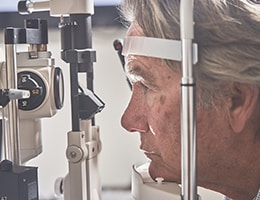
One of the most frequent cataract symptoms is impaired or blurred vision. This may be caused by lens clouding, which scatters light entering the eye


















2024 Cohen Eye Institute. All rights reserved.